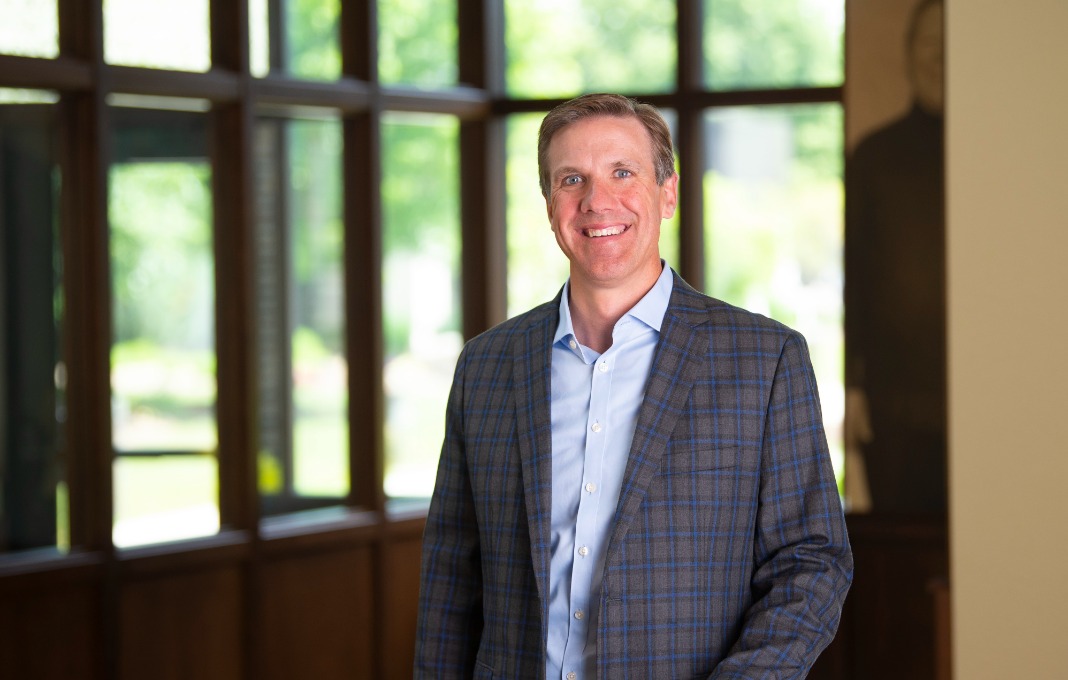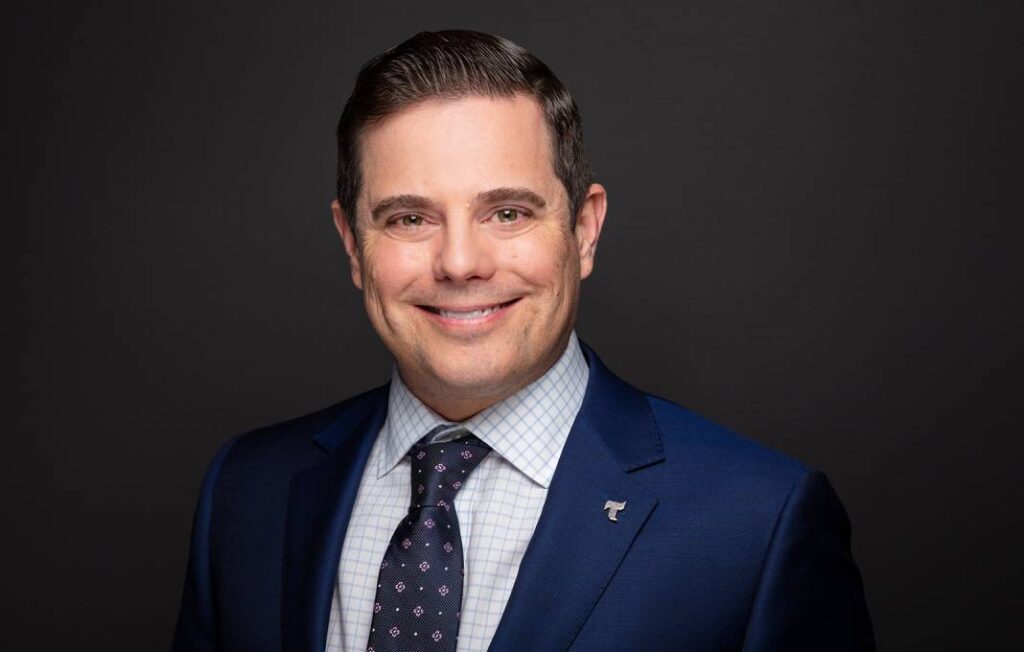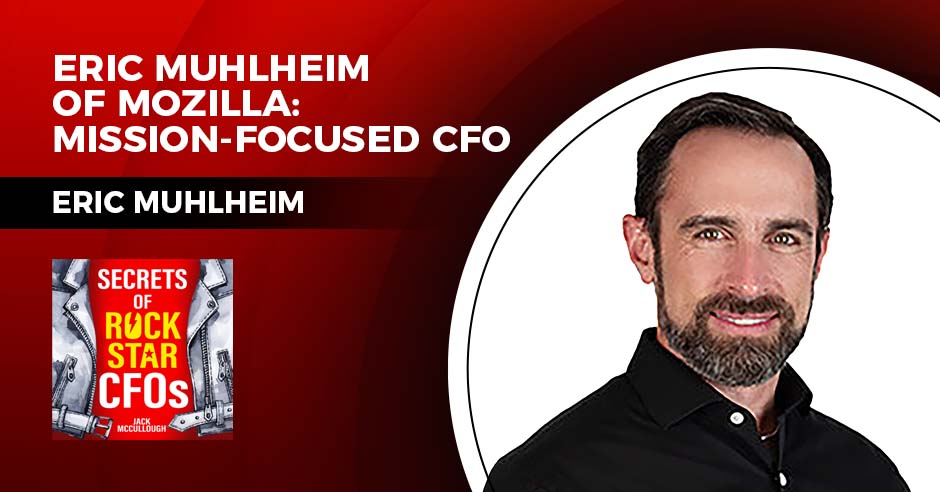Jeremy Behler was eager to bring more transparency to the financial data generated by his company, Sargento Foods, so he created a real-time online dashboard for “business intelligence” information where rank-and-file employees could access reports on sales, productivity, market share and other metrics. Before, they got those reports in a weekly email.
But then a funny thing happened. “The organization wasn’t ready for that significant amount of change management,” says Behler, who was named CFO of the nearly $2 billion cheese company in 2016 after joining Sargento’s finance staff in 2014. “People didn’t want to have to go to a website for this; they liked getting their email every week. It was a comfort thing.”
So Behler stepped back and re-approached how to “empower the organization to feel comfortable consuming data in a different way”—limiting the data set involved at first, piloting the new approach “in areas where we knew receptivity would be strong and we would have champions,” and being “much more methodical about involving not only the technology team but also organizational development” to gain embrace of the BI dashboard by employees across Sargento.
“I’m a huge data geek, and I love information, but I also recognize that most people aren’t that way,” Behler says. “What I’ve attempted to do is find ways for those who might not be as data-inclined to more easily interact with data. Maybe they don’t have that curiosity, but still if we can make it easy for them, we can give them access to data and they can translate it into insights quickly.”
Such a blending of goals that lie in both finance and technology realms comes naturally to Behler, who has some background in tech including a computer science degree, as well as a thorough grounding in finance from 15 years in numerous roles in finance and accounting at Procter & Gamble. But the BI-dashboard example also illustrates Behler’s philosophical approach to the CFO job, which relies on curiosity and coordination as well as communication.
“If you view your role and job as what’s written in the job description, it’s easy to have a check-the-box mentality and be viewed as just a cog,” Behler says. “And if you don’t see something that’s quite right, you could take the view that it’s not part of your job and you won’t penetrate that.
“But with a more innovative approach as a businessperson, not a finance or tech person, if something doesn’t look quite right, you wonder why that is.
Is this an opportunity for us or a risk for us? Curiosity about those things is something in my view that differentiates good from great in this job.”
Behler has helped create “great,” if that descriptor applies to a family-owned company that has shouldered its way to the forefront of the cheese-processing business since its founding in Plymouth, Wisconsin, in 1953 by the Gentine family. Third-generation CEO Louie Gentine and his brain trust of seven top executives, including Behler, have grown Sargento Foods to a $1.8 billion enterprise with four production locations, about 2,400 employees and leadership in pre-packaged, sliced and shredded natural-cheese markets as well as a pioneer’s share of refrigerated snack packages.
A major part of Behler’s adaptation at Sargento has been from his background with a huge publicly held consumer-packaged goods company to a significant privately held one.
“Public companies have that pressure from Wall Street and quarterly earnings,” he says. “But with a private company, you need a clear and consistent long-term focus that provides a tremendous amount of topspin for a lack of concern about quarterly results.”
But Behler did bring with him to Sargento some important learnings from P&G. “One was on the organizational side: One of the great things about a career with P&G or another blue-chip company is the visibility and access to leadership development,” he says. “I worked with some of the most impressive leaders across all functions there and with exposure to hundreds of them, I could see what made them effective or what impeded them. It helped me develop my leadership style in a way that takes the best from each of them and put them in a package that I think makes me effective and also authentic.”
Second, Behler says, “Growing up in a company like P&G allowed me to see the value of discipline, rigor, process, consistency and strategy—all those things you learn about in business school.”
For him, Sargento’s size and scale blend with a strong family-style culture to provide a perfect setting for exercising his management style. “The exciting thing is that the company is big and there are a ton of resources, but it’s still small enough where you can have a direct impact and cut through some of the fat and not get caught up in process for process’s sake and be cognizant of what adds value and what doesn’t.”
“Process” is relevant to a handful of things that Behler recommends about how to approach the CFO role:
Keep “process” in its place. “Those who grew up with a technology background can fall in love with the tech side and with process and financial models and spreadsheets and can lose focus on why,” Behler says. “You can have a great model with a granular level of analysis, but if that ultimately isn’t contributing to the company’s long-term goals, and you fall in love with process instead of output, that can be inefficient.”
Put another way, Behler says, “Great spreadsheets don’t make a great company. It’s insights that those spreadsheets can identify and help inform that lead to execution that makes a great company.”
Teach autonomy. Transition from “getting stuff done through your own efforts to doing it through others” is crucial as finance executives rise to more senior levels, Behler says. “Being effective at that requires you to prepare your team to act autonomously, to think independently and make decisions. You need to provide guidance and leadership and counsel versus actual execution.”
Create transparency. In individual reporting relationships, “Giving transparent feedback both ways is really paramount to being effective and efficient,” Behler says. “Being effective in that communication up and down is difficult unless there is a foundation of trust. That feedback requires constructive and not always comfortable discussions. If it’s coming from a person who’s got your best interest and growth in mind, it allows you to address that first layer of resistance that you’d have when you find out you’re not doing as good a job as you could have.”
Collective communications are crucial, too, Behler says. He regularly produces internal videos “to drive more awareness and engagement across the company and particularly knowledge about how we’re performing as a company and the role that everyone can play in supporting the company’s goals. Finances and numbers and technology can be intimidating if you don’t grow up with that background, so we work with [Sargento’s communications department] to humanize the finance function and the company’s results.
“We try to take concepts and terms that might be complex and hard to understand and help translate them into something that’s meaningful for people in marketing, sales or on the production line.”
Keep a hand in IT. Even if technology functions don’t report to CFOs, as they do to Behler, top finance executives should see “the significant amount of value that comes from integration of analytics, reporting and data science,” he says. “There’s a very logical synergy between finance and technology, especially with new capabilities and insights that are available.”
For example, the ascent of artificial intelligence across all business functions demands a hybrid approach between technology and finance. “Any time you’re manipulating data in a more consistent manner with AI, you can be more efficient with actual tasks and also be more accurate, because it’s rules-based and repetitive,” Behler says. “You can write code or train a bot to do those things, and often that’s the type of work that is not as rewarding for people to do.”
The onset of generative-AI capabilities may provide “multiple applications that we can find to be productive,” Behler says, “but thus far we’ve just been exploratory with that, on a small scale. We want to be very intentional with how we roll that out with the potential risks around sharing company data, and security. We’re moving at an intentional and choiceful pace.”
A native Midwesterner with roots in small-town Indiana, Behler applies that “intentional and choiceful” approach to another pursuit: flying his own Cirrus SR-22. He’s been a licensed pilot for more than 20 years. “It requires focus and discipline.”
Helming his own aircraft also helps out in Behler’s job. “There’s a huge practical component in being able to fly out” from Sargento’s exurban-Milwaukee headquarters. “Plus,” he adds, with a corporate financier’s eye, “it’s usually cheaper for the company.”








